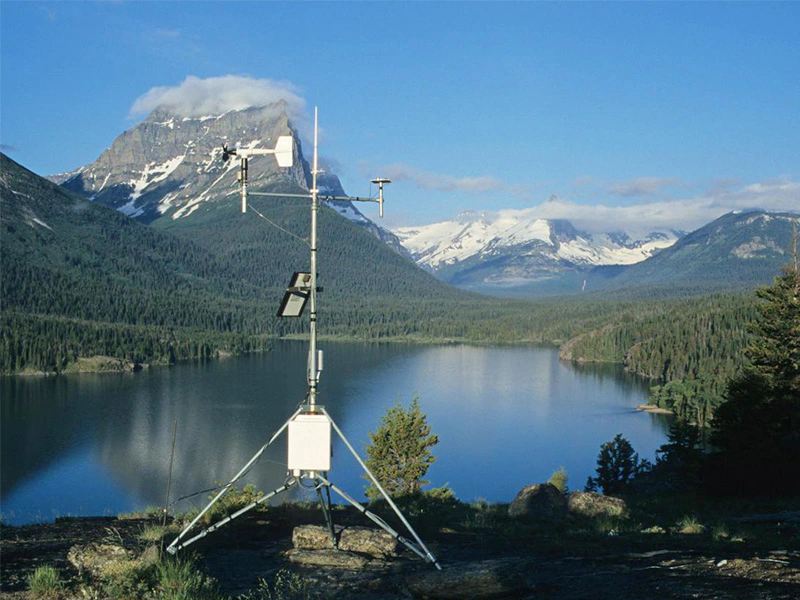
# What is a Weather Station?
A weather station is a facility equipped with instruments and sensors designed to measure various atmospheric conditions. These stations play a crucial role in meteorology, agriculture, aviation, and many other fields by providing real-time data about the environment.
## Components of a Weather Station
A typical weather station includes several key components:
– Thermometer: Measures air temperature
– Barometer: Records atmospheric pressure
– Hygrometer: Determines humidity levels
– Anemometer: Measures wind speed
– Wind vane: Indicates wind direction
– Rain gauge: Tracks precipitation amounts
– Pyranometer: Measures solar radiation
## Types of Weather Stations
Weather stations come in different forms depending on their purpose and location:
### Personal Weather Stations
These are compact units designed for home use, often connected to personal computers or smartphones to display weather data.
### Professional Weather Stations
Used by meteorological organizations, these stations are more sophisticated and provide highly accurate measurements for weather forecasting.
### Automated Weather Stations
These stations operate without human intervention, transmitting data automatically to central collection points.
## Importance of Weather Stations
Weather stations serve multiple important functions:
– Provide data for weather forecasting
– Support agricultural planning
– Assist in climate change research
– Help in disaster preparedness
– Support aviation and maritime operations
## How Weather Data is Used
The information collected by weather stations is utilized in various ways:
– Meteorologists analyze patterns to predict weather
– Farmers use data to plan planting and harvesting
– City planners consider climate data for infrastructure development
– Energy companies monitor conditions for renewable energy production
– Researchers study long-term climate trends
## Modern Weather Station Technology
Today’s weather stations often incorporate advanced features:
– Wireless data transmission
– Internet connectivity for remote monitoring
– Solar power options
– Integration with smart home systems
– Mobile app compatibility
## Setting Up a Weather Station
For those interested in establishing their own weather station:
– Choose an appropriate location away from obstructions
– Select equipment based on your needs and budget
– Ensure proper installation of all sensors
– Consider data logging and transmission options
– Regularly maintain and calibrate instruments
Weather stations, whether simple or complex, provide valuable insights into our environment and help us better understand the world around us.
Keyword: what is a weather station